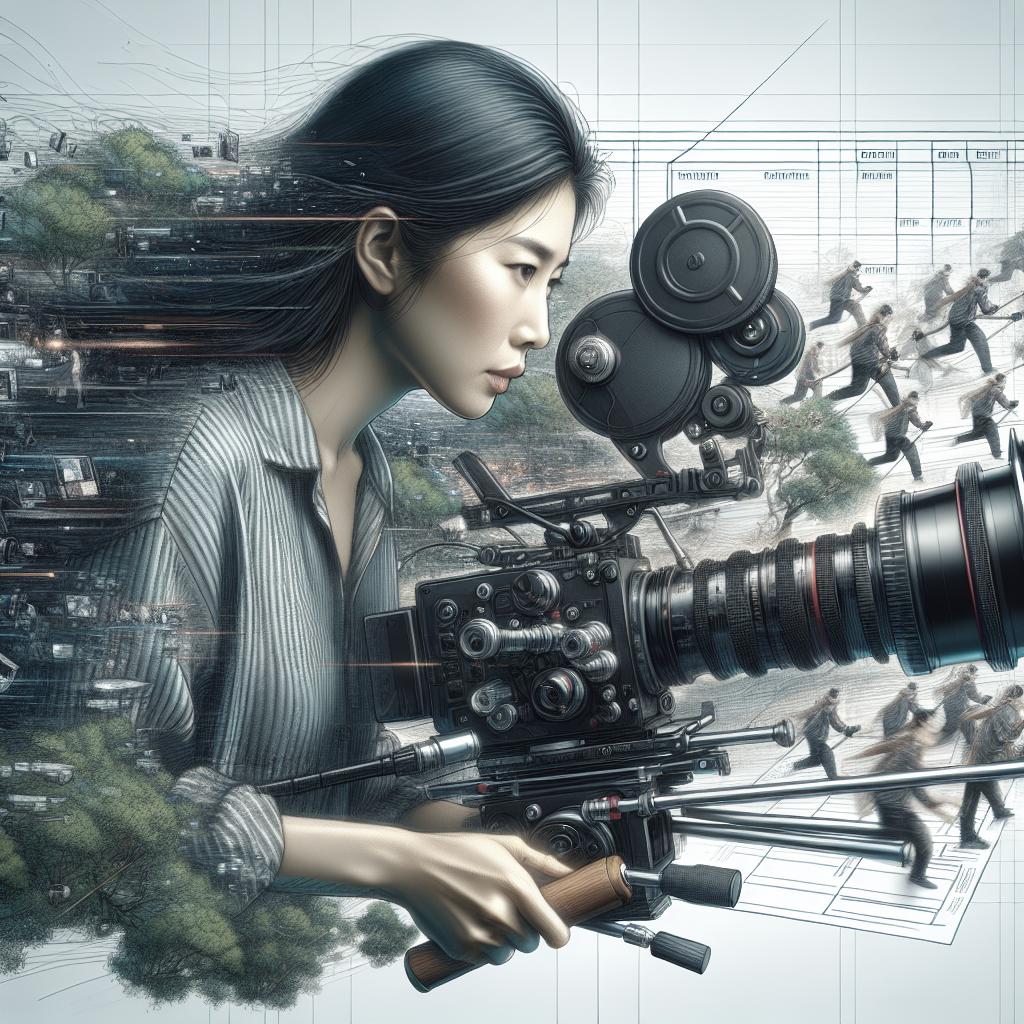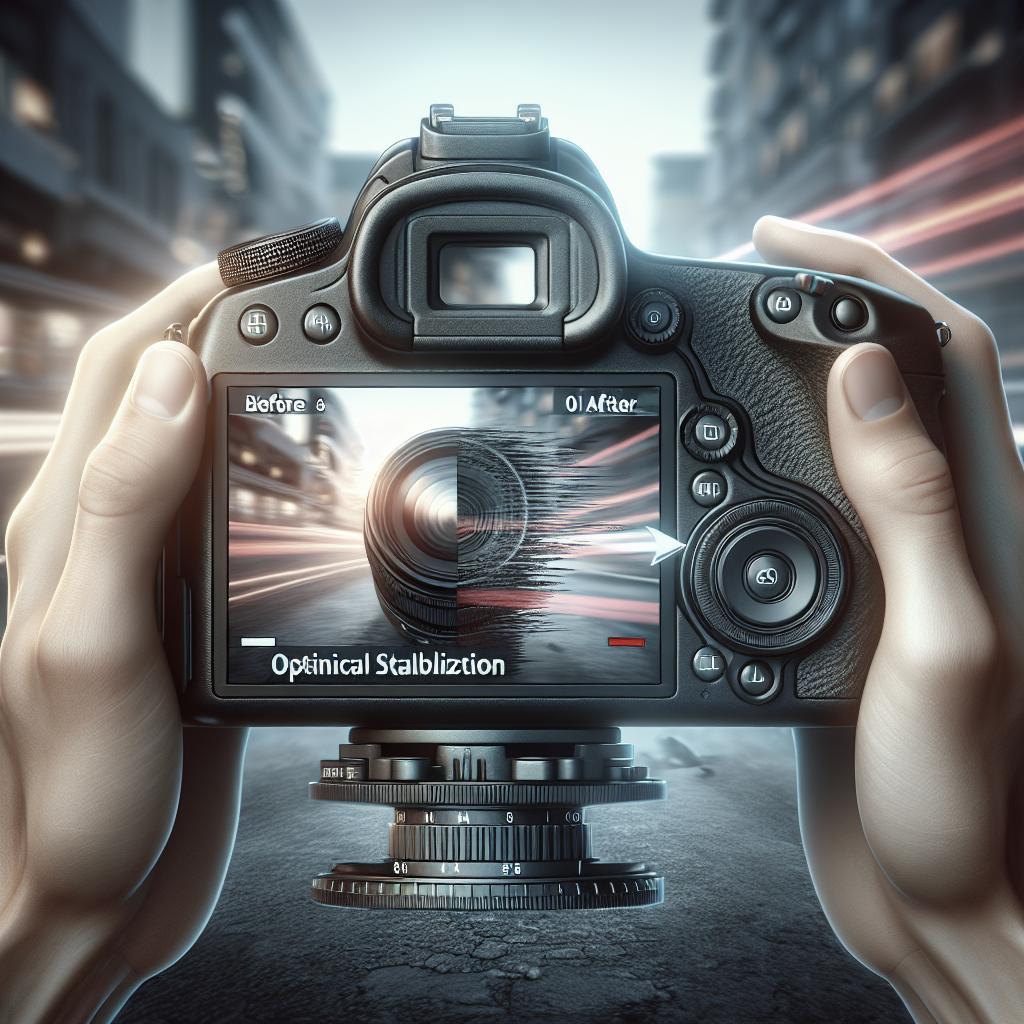“`html
How to Maintain Focus During Moving Shots
Keeping your subject in focus during moving shots is a challenging but crucial skill for videographers and filmmakers. This guide dives into various scenarios, offering practical techniques from managing subjects moving towards or away to tackling unpredictable subjects. We’ll cover how to handle focus when using gear like 3-axis gimbals and shooting in tricky lighting conditions. Each scenario presents unique challenges, but with the right approach, you can maintain sharp focus and capture stunning visuals. Whether documenting action sports or conducting dynamic interviews, this comprehensive guide equips you with the tools to achieve sharp, professional quality footage consistently.
The FOUR Ways to Keep Your Subject in Focus
Keeping your subject in focus during moving shots involves four fundamental techniques: manual focus pulling, continuous autofocus, focus locking, and depth of field management. Manual focus pulling involves adjusting the focus ring precisely as the subject moves, suitable for planned shots where movement is predictable. Continuous autofocus, available on many modern cameras, automatically adjusts the focus as the subject moves, ideal for dynamic and unpredictable environments where manual adjustments are impractical.
Focus locking involves setting the focus on a specific distance and maintaining it throughout the shot. This technique works best for scenes where subject movement and camera distances remain constant. Lastly, depth of field management utilizes aperture settings to control the depth of field, allowing for more extensive focus range and ensuring subjects remain in focus despite movement. Mastering these techniques enhances your ability to keep shots sharp regardless of the circumstances.
How to Maintain Focus on Your Subject for Different Scenarios?
Different shooting scenarios present unique challenges in maintaining focus. Understanding and adapting to these situations ensures you capture high-quality footage. Let’s explore distinct scenarios and strategies to keep your subject in focus effectively. Knowing which techniques to employ in various contexts can dramatically improve not just the technical quality of your footage but its emotional impact as well.
From fast-action environments to low-light conditions, each situation demands a tailored approach for effective focus management. Whether it’s an intimate interview or an action-packed sports scene, being prepared with the right focus strategy makes all the difference in your cinematic storytelling.
Scenario #1: Moving towards or away from a subject or the subject moving towards or away from you.
When shooting subjects moving towards or away, maintaining focus can be tricky due to constantly changing distances. Using continuous autofocus is highly recommended in such scenarios. Modern cameras with face and eye detection features enhance focus accuracy, allowing you to track the subject effectively. If your equipment supports it, setting up focus peaking can also aid in visualizing focus shifts, making manual focus adjustments more manageable.
Another technique is pre-focusing on a point where the subject is expected to come into frame or setting focus marks, which are predetermined points where you adjust focus. This is especially beneficial when filming staged scenes where the movement path is predictable. Practicing these focus-pulling techniques smooths transitions and keeps the action clear and engaging.
Scenario #2: Using a 3-axis gimbal from a moving vehicle, tracking a person or another car.
Shooting from a moving vehicle presents unique challenges, such as stabilizing both focus and camera movement. A 3-axis gimbal can help manage stabilization, allowing you to focus on maintaining sharp imagery. Continuous autofocus is again useful here; however, manual focus may also be effective if you anticipate the subject’s trajectory.
Ensure your focus settings are optimized for the vehicle’s speed and anticipate changes in terrain that could affect camera movement. Additionally, focus on adjusting the gimbal’s settings to balance responsiveness and smoothness, which will further enhance your ability to keep the subject in clear view throughout the shot.
Scenario #3: Low Light Moving Subjects like People Dancing or Real Estate video in dark rooms.
Low-light conditions make focus maintenance challenging due to limited visibility and increased noise in footage. In such scenarios, using fast prime lenses with a wide aperture (e.g., f/1.4) helps capture more light, improving focus accuracy. Utilize manual focus with the aid of focus peaking to ensure the subject stays sharp despite dim conditions.
For real estate videos, strategically placed lighting can assist in enhancing the environment’s overall visibility. In dynamic environments, like dance floors, prioritize using a gimbal combined with continuous autofocus to adapt to unpredictable movements, ensuring each frame remains sharply focused.
Scenario #4: Fast moving subjects like action sports.
Action sports require sharp reflexes and a reliable focus system to capture high-speed movement without losing clarity. Utilizing fast shutter speeds is crucial, but the real emphasis should be on using advanced autofocus systems. Many modern cameras offer high-speed continuous autofocus modes, which can track rapid motion effortlessly.
Another approach involves setting a larger depth of field to increase the focal range, allowing more latitude for sudden movements. Pairing these strategies with burst shooting modes can ensure you capture the peak action moments without sacrificing focus integrity.
Scenario #5: Unpredictable Subjects.
Unpredictable subjects, such as animals or spontaneous street photography, often require a combination of quick reflexes and adaptable focus settings. Continuous autofocus with predictive tracking can assist in anticipating movements. A versatile lens that allows quick aperture adjustments can also be beneficial in responding to varying distances.
Familiarity with your camera’s focus points and modes enables rapid switching between options, crucial for adapting to unexpected changes in the subject’s position or behavior. Additionally, shooting with a wider aperture gives room to adjust on-the-fly, ensuring sharpness even in dynamic environments.
Scenario #6: An Interview with the Subject Moving Around a lot.
Interviews with highly dynamic subjects require creative focus management to maintain visual clarity without disrupting the narrative flow. Using a wide aperture can keep the focus locked on the subject while allowing background details to blur, reducing distractions.
Employing tracking autofocus ensures you remain focused on the subject as they move. Practicing strategic framing by anticipating the movement and positioning yourself accordingly can also help maintain consistency and fluidity in your shots.
Scenario #7: Walk and Talk interview.
Walk and talk interviews present a unique challenge, combining consistent camera movement with dynamic subject interaction. Here, a compact stabilizer coupled with continuous autofocus can provide the flexibility needed to capture smooth, engaged shots.
Consider using a wide-angle lens to widen the depth of field, allowing for more forgiveness in focus adjustments as both you and the subject move. Practicing with your subject beforehand can help find the optimal pacing to keep visuals sharp and interactions engaging.
Scenario #8: Revealing Objects.
Revealing shots, such as products or landscapes, require careful focus planning to enhance the dramatic effect. Start with focus set on the revealing element’s fore point, and smoothly transition as the object or detail comes into full view. Using a slider or camera movement techniques can aid in executing this effect.
Practice precision in manual focus pulling to achieve a seamless transition, aiming to draw the viewer’s eye naturally to the subject. Mastery of depth of field settings is important, as it helps to keep the subject in focus while gradually bringing the background into clarity.
Scenario #9: Super Tight/Macro Shots.
Maintaining focus in macro shots is intricate due to the shallow depth of field involved. Using a tripod for shot stability, alongside precise manual focus adjustments, is key. Macro lenses are designed for close-up clarity; practice using focus peaking to identify the areas of sharpest focus.
Control environmental factors such as lighting and subject movement to enhance focus capability. Patience and meticulous planning result in stunning macro shots, where every detail is captured and emphasized.
Scenario #10: Multiple Subjects.
Filming multiple subjects introduces complexity, as each might move independently. Implement a more profound depth of field to include all subjects within focus range, ensuring none are left out. Switching between focus points is another effective method, particularly when subjects are at variable distances.
Consider using zone focusing, or setting the focus manually to an estimated area where interaction happens. Practice adjusting the camera’s focus quickly, ensuring you’re positioned optimally to capture the interaction without losing focus integrity.
You May Also Like:
For further reading, consider exploring articles on mastering low light photography, advanced gimbal techniques, and storytelling through composition.
Final Thoughts
| Scenario | Technique |
|---|---|
| Moving towards or away / subject moves towards or away | Continuous autofocus, pre-focusing, focus marks |
| Gimbal from moving vehicle | Stabilization, continuous autofocus, optimized settings |
| Low Light Moving Subjects | Wide aperture, manual focus with peaking, additional lighting |
| Fast moving subjects | High-speed continuous autofocus, larger depth of field |
| Unpredictable Subjects | Predictive tracking autofocus, versatile lenses |
| Interview with dynamic subject | Tracking autofocus, strategic framing |
| Walk and Talk interview | Stabilizer, wide-angle lens, practice pacing |
| Revealing Objects | Manual focus pulling, depth of field management |
| Super Tight/Macro Shots | Tripod stability, manual focus, focus peaking |
| Multiple Subjects | Deeper depth of field, zone focusing |
“`


